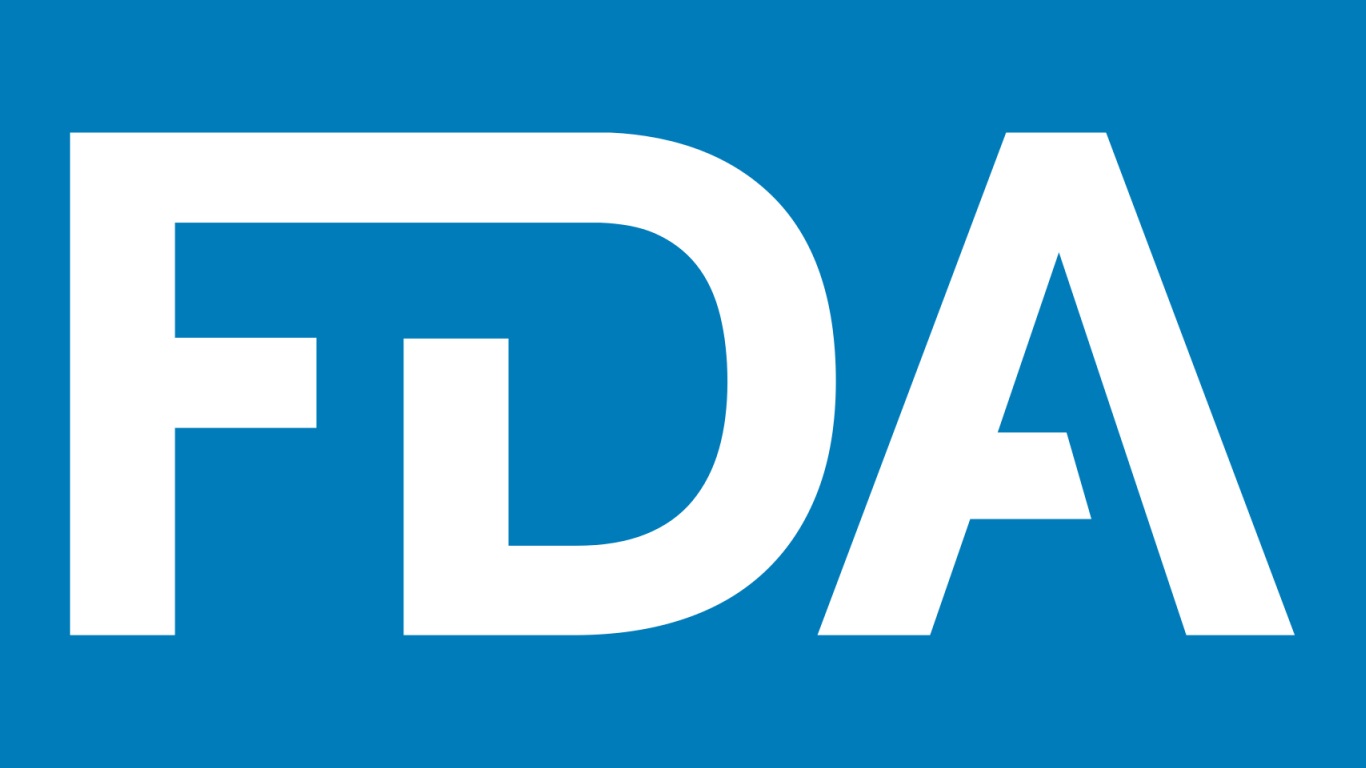The new article describes in detail a specific approach to be applied when developing a follow-up plan.

Table of content
The Food and Drug Administration (FDA or the Agency), the US regulating authority in the sphere of healthcare products, has published a guidance document dedicated to considerations for long-term clinical neurodevelopmental safety studies in neonatal product development. The document provides an overview of the applicable regulatory requirements, as well as additional clarifications and recommendations to be taken into consideration by medical device manufacturers, as well as the parties responsible for clinical studies (sponsors) in order to ensure compliance.
At the same time, provisions of the guidance are non-binding in their legal nature, nor are they intended to introduce new rules or impose new obligations. Moreover, the authority explicitly states that an alternative approach could be applied, provided such an approach is in line with the existing legal framework and has been agreed with the authority in advance.
Factors to Consider When Developing a Plan to Evaluate Long-Term Neurodevelopmental Safety
According to the guidance, once a sponsor determines that long-term neurodevelopmental safety evaluations are necessary, as outlined in Section IIIA, the sponsor should design and justify the evaluation based on a robust scientific rationale. The evaluation should ideally follow a controlled study design whenever feasible, as a single-arm study without a control group often leads to ambiguous results.
A control arm, whether a placebo or an active comparator, allows for a clearer distinction between product-related outcomes and those due to other factors, such as underlying disease progression or natural developmental changes, particularly when the natural history of the condition is not well-established.

General Considerations
Several general considerations should guide the development of a long-term neurodevelopmental safety evaluation plan.
- Standardization
To ensure the reliability of results, sponsors must standardize the administration and scoring of neurodevelopmental evaluations across different study sites and among examiners. Consistency in the tools used for evaluation and in the timing of follow-up assessments is essential to maintain the integrity of the data. Standardization is critical to ensure that variability in results is minimized, allowing for meaningful comparisons and conclusions.
- Community Acceptance and Inclusivity
The success of long-term safety studies hinges on community acceptance and inclusivity. It is vital for sponsors to engage with patient families and community leaders at the early stages of protocol development. This engagement helps identify and mitigate barriers to participation, including potential mistrust of the study. Involving underrepresented communities in the design process can promote broader participation and improve recruitment and retention rates. Understanding family perceptions and addressing potential challenges from the outset can contribute to a supportive study environment.
- Multidisciplinary Input
Sponsors should collaborate with a range of stakeholders, including patient survivors, parents, caregivers, healthcare providers, developmental specialists, and educators. Engaging these stakeholders early in the process allows sponsors to identify clinically meaningful outcomes and address potential challenges in study design. Input from this multidisciplinary team can also help assess the feasibility and acceptability of the proposed study design, ensuring that the evaluation is both scientifically sound and logistically viable.
- Patient Recruitment and Retention
Early recruitment for long-term safety follow-up should be initiated during the initial study enrollment. This strategy reinforces the importance of the long-term evaluation and helps reduce the risk of losing patients during the follow-up period. Retaining patients over time is critical for maintaining the integrity of the study, as data loss can significantly affect the conclusions drawn from the study. Sponsors should develop comprehensive plans to keep families engaged, including gathering detailed contact information and employing various communication strategies, such as mobile phone numbers, email, or other messaging platforms, to ensure continued participation.
- Patient Burden
Minimizing the burden on study participants and their families is crucial to maintaining participation. Sponsors should consider ways to mitigate barriers to enrollment and retention in follow-up studies. This could include integrating data from community-level services, such as early intervention programs, and using mobile technology to streamline information collection. Reducing the short- and long-term demands on participants is key to the success of long-term studies.
- Data Quality
While some information can be collected from routine clinical evaluations, formal diagnostic neurodevelopmental assessments are often required to gather high-quality data. General developmental screenings conducted during routine care are not always a reliable substitute for specialized neurodevelopmental evaluations, particularly when developmental concerns are suspected. Sponsors should ensure that objective developmental measures, such as growth, vision, and hearing screenings, are captured reliably and consistently.
- Plan for Clinical Referral
In the event that developmental problems are identified during follow-up evaluations, the study protocol should include a plan for clinical referrals and support services. Ensuring that participants have access to appropriate care when developmental issues arise is an important ethical consideration in long-term studies.
Patient/Population-Specific Considerations
As further explained by the authority, when designing a long-term neurodevelopmental safety study, sponsors must take into account the specific characteristics of the patient population being studied. This includes considerations of timing, duration, socioeconomic factors, and other influences on neurodevelopmental outcomes.
- Timing and Duration
The evaluation of neurodevelopmental outcomes should extend to at least two years of age, adjusted for prematurity when applicable. The duration and frequency of follow-up assessments must be based on sound scientific rationale, with consideration given to the nature of the outcomes being evaluated. Some neurodevelopmental disorders, such as learning disabilities or certain neurological conditions, may not be discernible until after two years of age, necessitating extended follow-up.
- Related Factors
A variety of factors can influence the interpretability of neurodevelopmental study results. Sponsors should collect data on relevant covariates, including:
- Socioeconomic factors (e.g., food insecurity, social stressors, parental education level);
- Perinatal factors (e.g., maternal substance use, depression);
- Regional differences in healthcare systems and standards of care;
- Environmental exposures (e.g., lead or chemical exposure);
- Intercurrent events, such as illness, injury, or additional therapies.
Understanding these variables helps to account for their potential effects on neurodevelopmental outcomes.
- Developmental Domains
In most cases, a comprehensive assessment of all key neurodevelopmental domains is recommended. These domains may include cognitive, motor, sensory, language, and social-emotional development. If there are specific domains of vulnerability based on the product’s characteristics or the study population, sponsors should use validated, age-appropriate tools to measure outcomes in these areas.
- Feasibility
Sponsors should assess the feasibility of long-term follow-up studies early in the development process. This includes considering population-specific challenges that might affect the ability to conduct follow-up assessments. If long-term follow-up is difficult to implement, sponsors may propose alternative strategies, such as using patient registries or observational studies.
Product-Specific Considerations
The specific characteristics of the medical product being evaluated also play a significant role in designing long-term neurodevelopmental safety studies. These factors include tissue specificity, the ontogeny of the therapeutic target, and potential effects on the CNS.
- Tissue Specificity
Sponsors must determine whether the medical product affects organ systems that could influence neurodevelopment. Some products may have direct or indirect effects on the CNS, and understanding these effects can inform the scope and design of the long-term follow-up evaluation.
- Ontogeny of Therapeutic Target
The distribution and function of a medical product’s target may change as the patient matures. Sponsors should consider how these changes might affect product exposure and neurodevelopmental outcomes. This is particularly important when designing follow-up studies to ensure that the evaluation aligns with the developmental stages most relevant to the product’s action.
Conclusion
In summary, when developing a plan to evaluate long-term neurodevelopmental safety, sponsors must take into account various factors, including standardization, patient recruitment and retention, data quality, and the unique characteristics of the patient population and medical product. A well-designed plan, grounded in scientific rationale and supported by multidisciplinary input, can help ensure that medical products are safely developed for neonatal use, with a clear understanding of their long-term impact on neurodevelopment.
How Can RegDesk Help?
RegDesk is an AI-powered Regulatory Information Management System that provides medical device companies with regulatory intelligence for over 120 markets worldwide. It can help you prepare and publish global applications, manage standards, run change assessments, and obtain real-time alerts on regulatory changes through a centralized platform. Global expansion has never been this simple.

